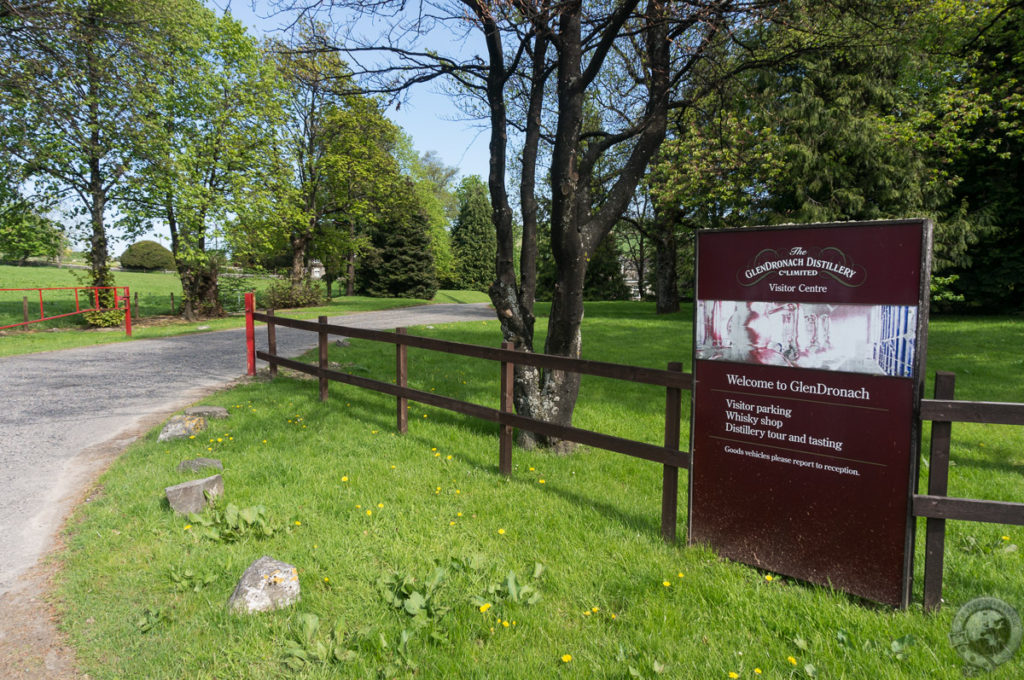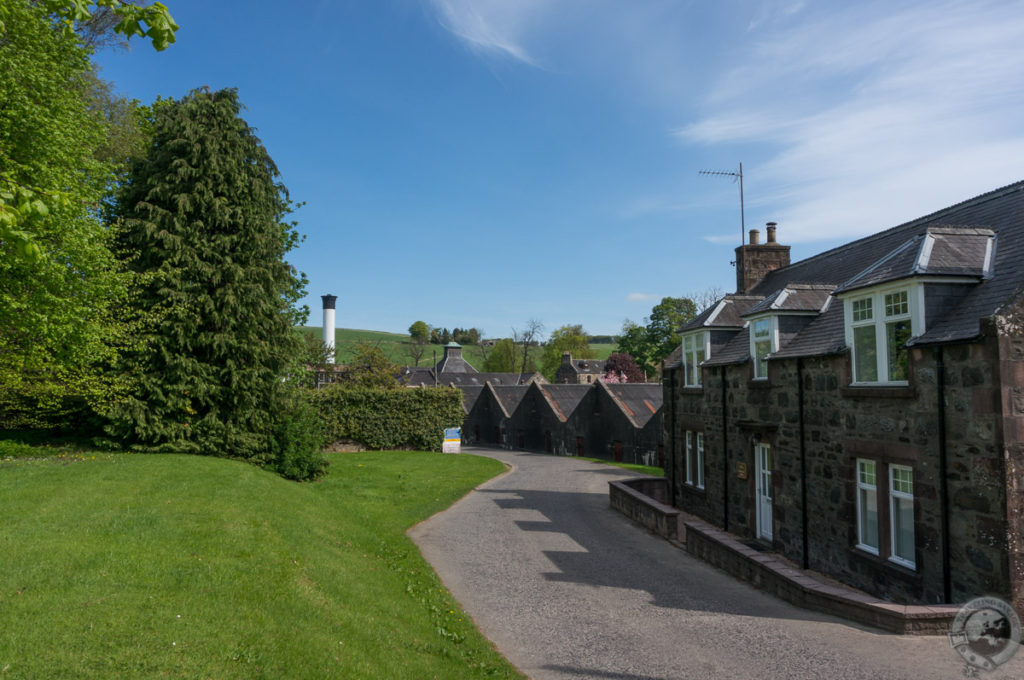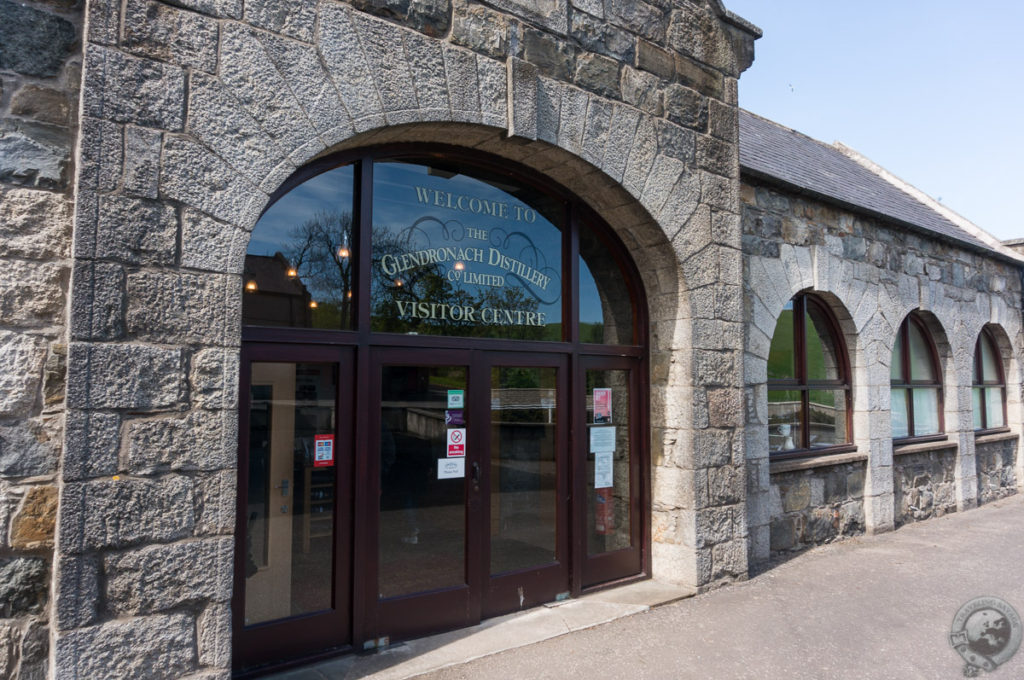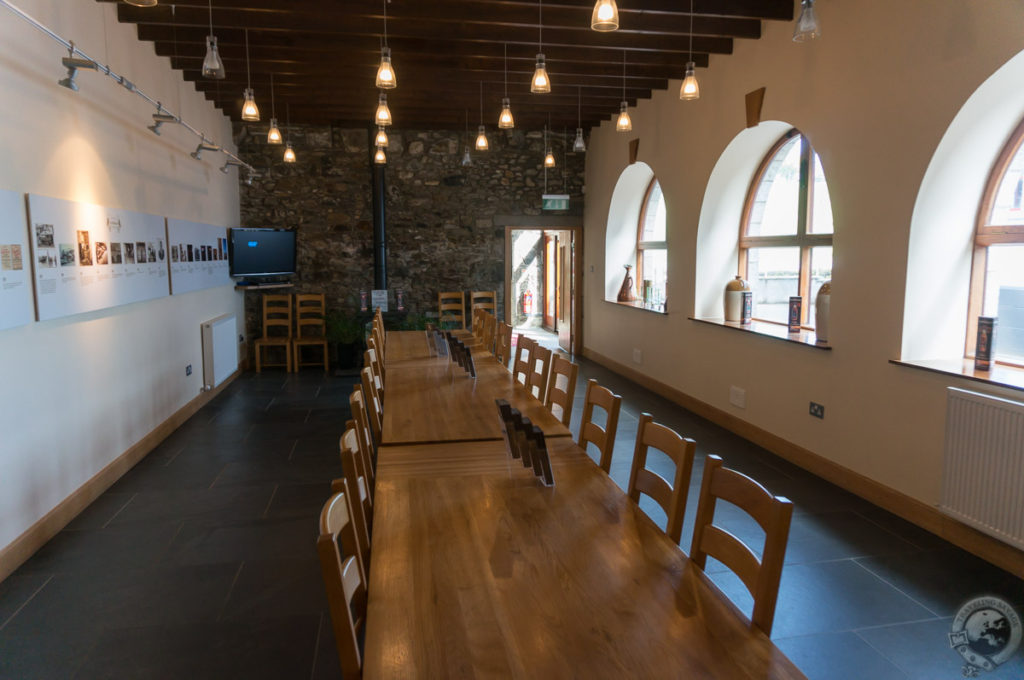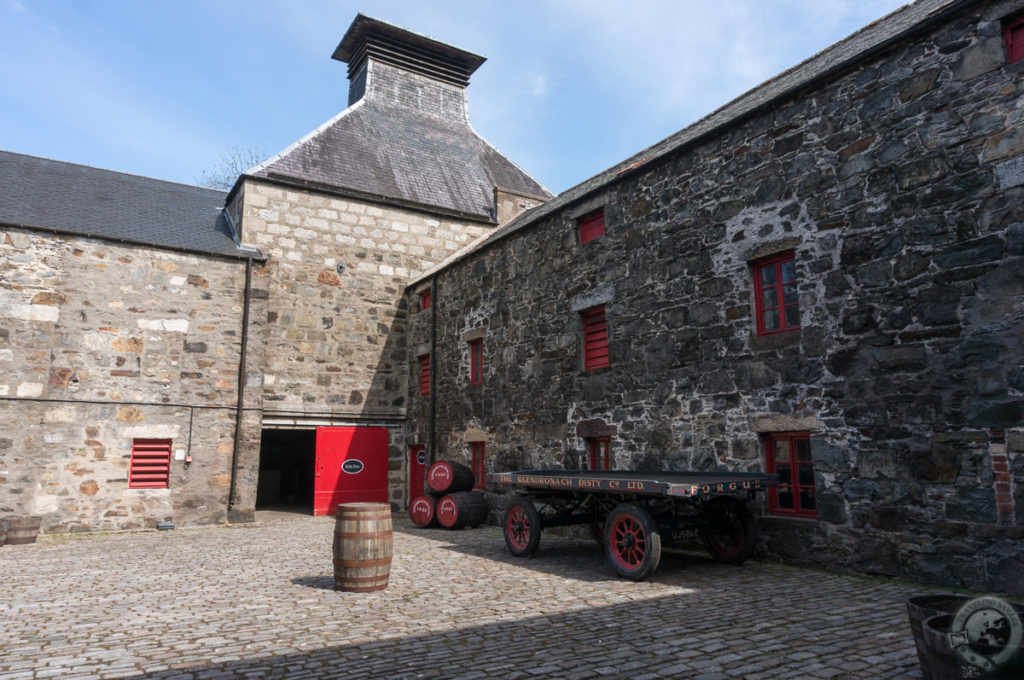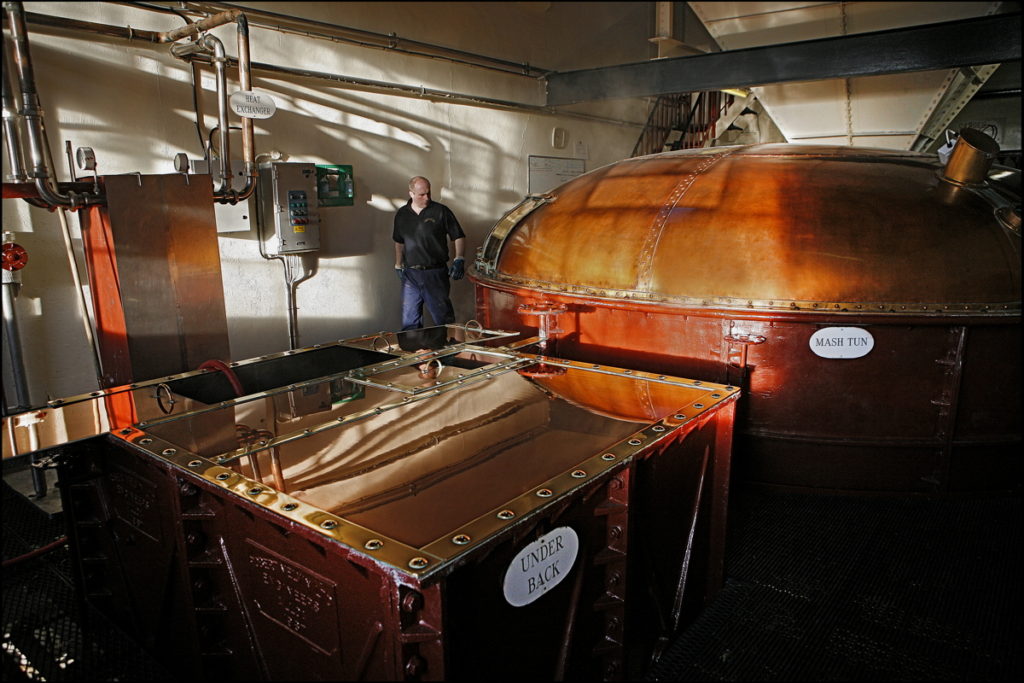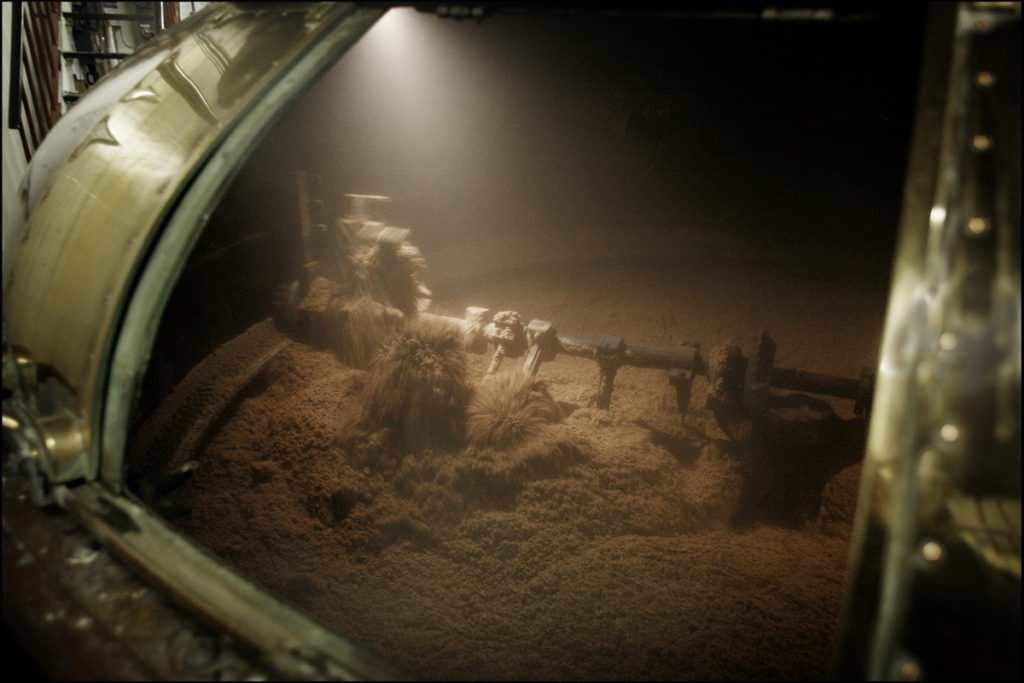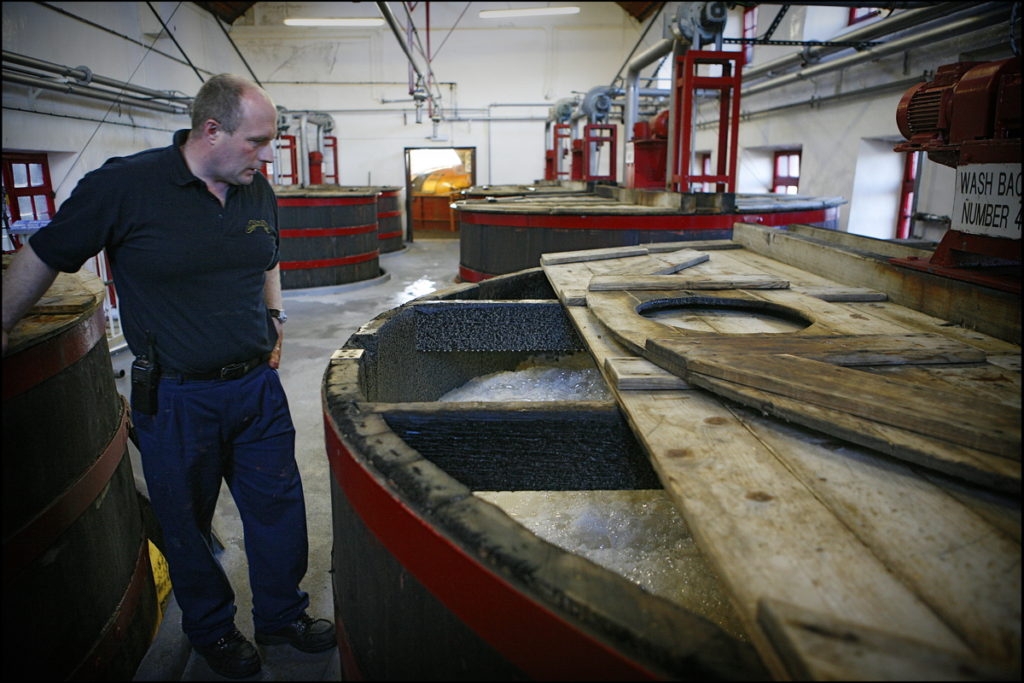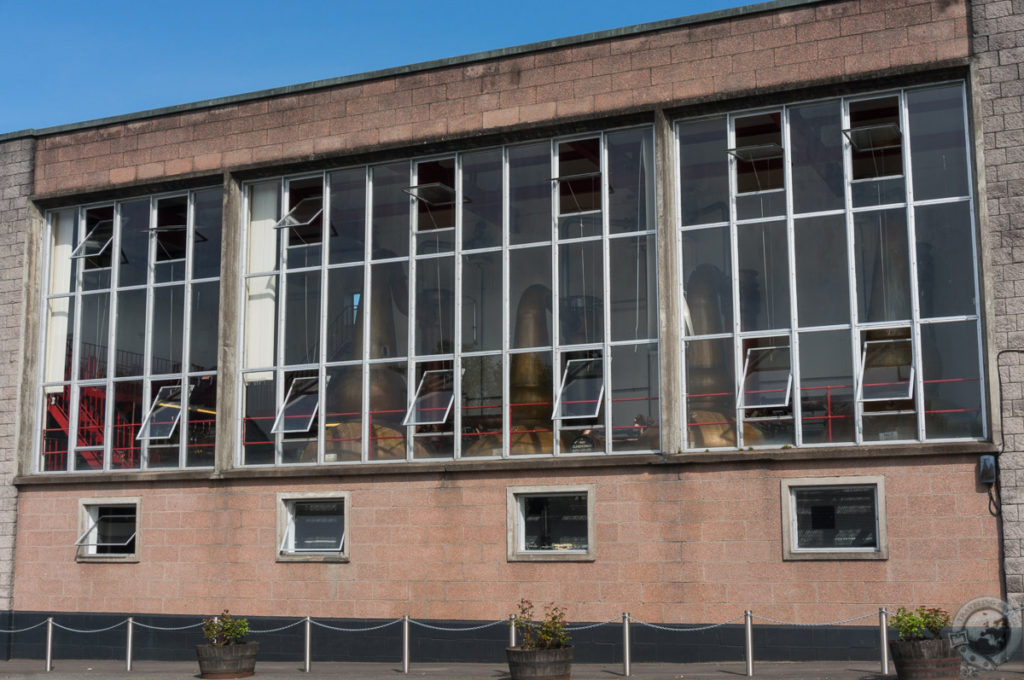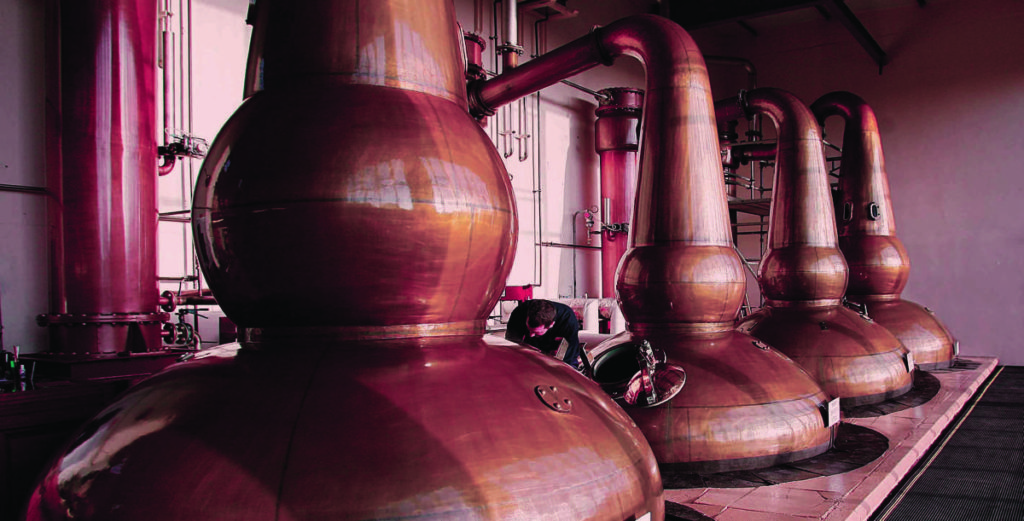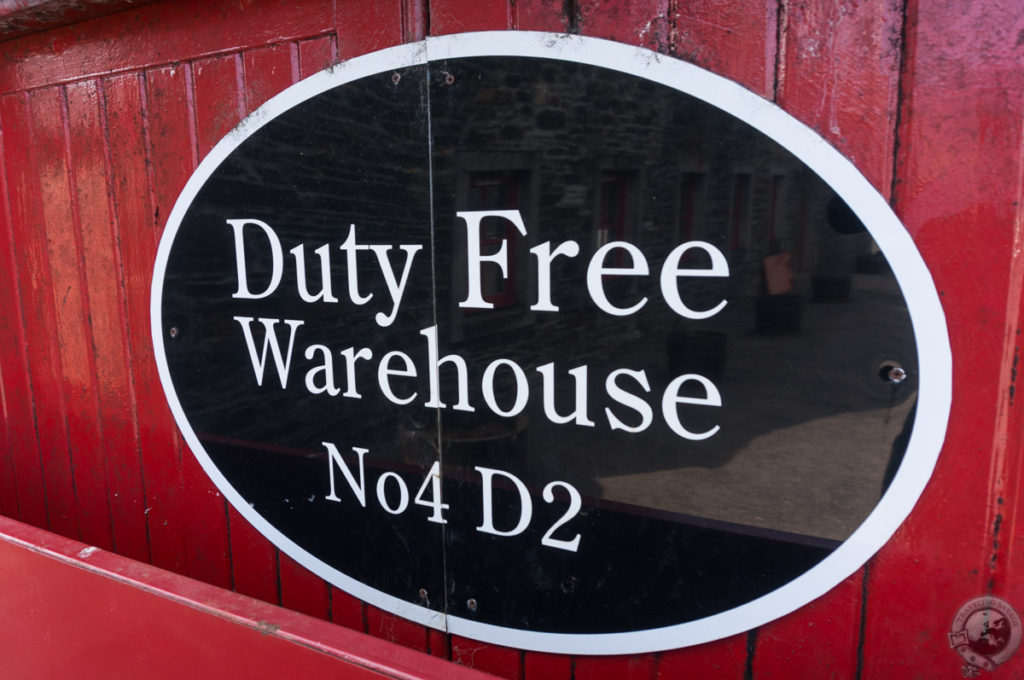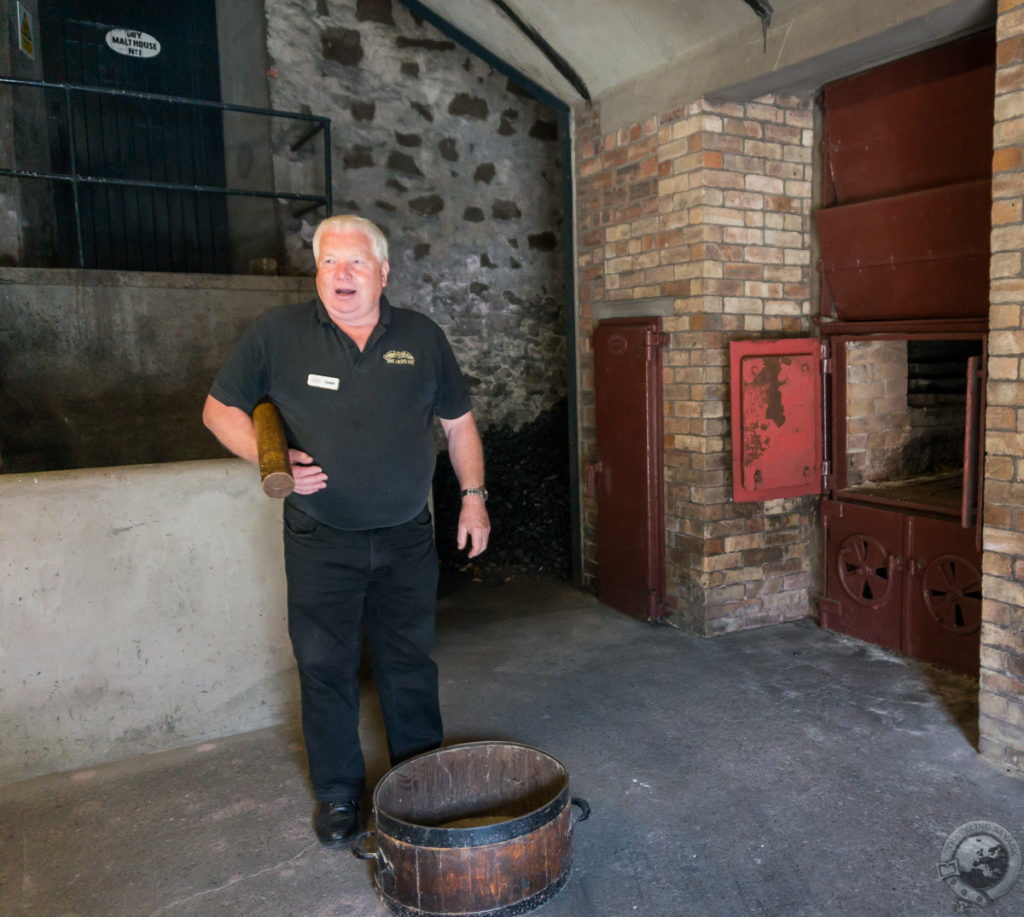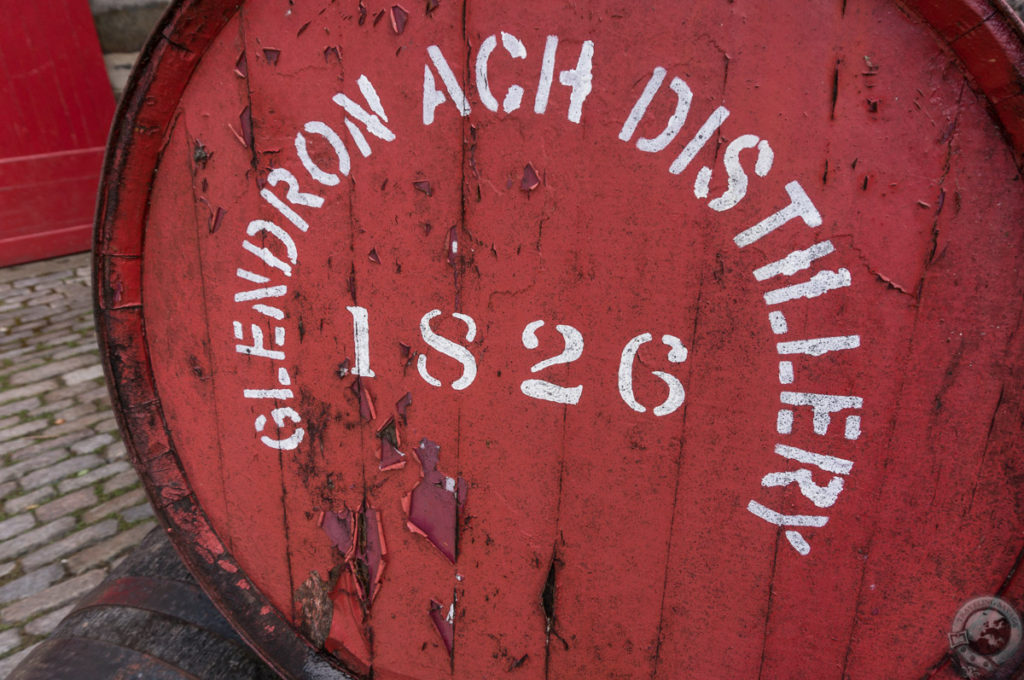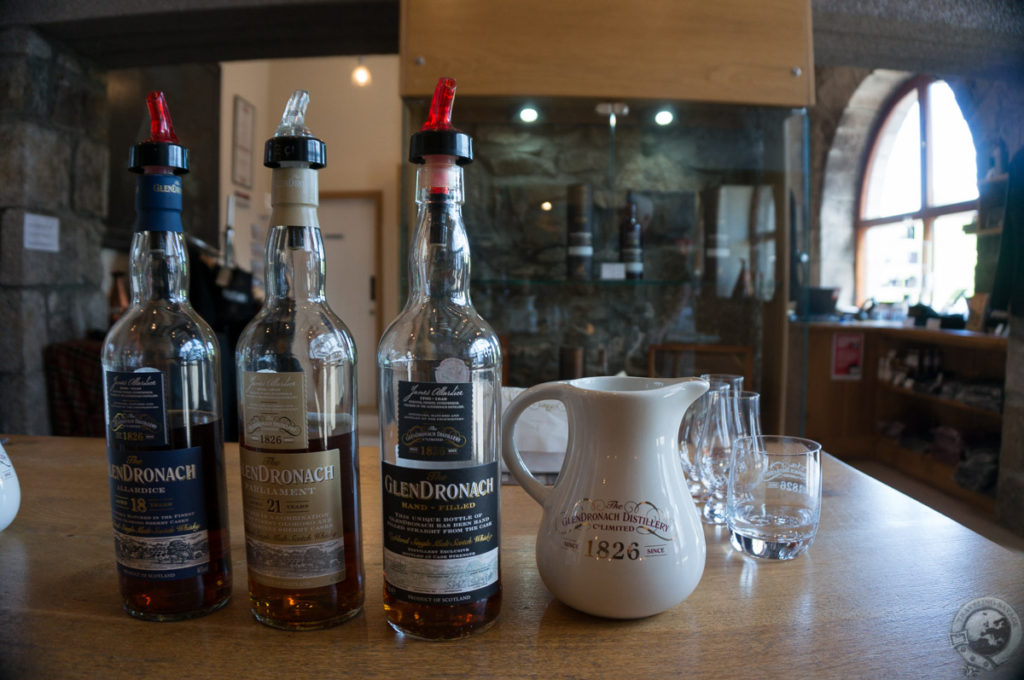Scotland’s Speyside region veritably flows with rivers of gold, one might assume, given the sheer number of distilleries located there. The town of Keith marks the eastern edge of Speyside, and further east the landscape transitions to Aberdeenshire’s pastoral green and yellow fields. The options thin when it comes to quenching one’s thirst with hyper-local whisky, but there is one particular distillery with loads of dedicated fans the world over: Glendronach distillery.
I became acquainted with Glendronach in the middle years of my budding relationship with single malt whisky. Its reputation is one of big, bold flavors, sherry, and an impressively large body and mouthfeel. Glendronach has usually been unpeated, and in that stylistic decision one finds blood-ties to the Speyside distilleries westward, but like a black sheep among the flock Glendronach unabashedly follows its own path.
I gravitate toward this style. I reject insipid whiskies and seek out the brawlers, the kind that jack open my eyes and make me focus on what’s happening on my palate. And so Glendronach slowly but steadily climbed the ranks of distilleries I had to visit. The opportunity presented itself as I journeyed from Aberdeenshire to Speyside last year, and while my visit was unquestionably sub-optimal I’ve only positive remarks for the whisky itself.
I arrived to Glendronach distillery, in the Forgue valley near Huntly, on a perfectly blue, warm May day. There was some confusion over my visit despite my most thorough efforts — just ask Matt and Kim, readers of Traveling Savage from New York who happened to be visiting that day — but we managed to sort things out and get the tour underway.
Our guide, Lewie, was a gruff soul with a kindly, nostalgic center. He used to be a lumberjack in these parts, and I’ll be damned if it isn’t obvious (see the white-haired gentleman below). He led us around the quiet distillery after a brief video and provided some useful history.
James Allardes founded Glendronach distillery in 1826, which made it the second distillery to apply for a legal distilling license after the Excise Act of 1823. Beginning in 1960 Glendronach began passing to various owners, including Teachers and Sons, Allied Distillers Limited, Chivas Brothers, the BenRiach Distillery Group, and finally, recently, Brown-Forman. Glendronach was mothballed in 1996, and when it was reopened in 2001 the stills, sadly, were no longer coal-fired.
The interior of Glendronach distillery is beautiful. It pulls off the rustic, do-it-like-we-did-it aesthetic like only a handful of distilleries. Unfortunately, I was not allowed to take photos during my visit, so the interior photos you see here (the ones without my watermark) were provided by Glendronach’s marketing department.
Glendronach starts its own way, eschewing the typical Porteus mill for an ancient thing with brass bushings instead of rollers. Close to four tons of grist is added to a simply gorgeous mash tun with 18,000 liters of water from the Dronac burn, and the six-hour mash commences with an ancient rake combing through the porridge.
The waters drawn off this mash become the worts, a very sweet, sticky liquid, which is pumped into a series of aged wooden washbacks. They add liquid yeast and let fermentation commence for 60 hours, which is on the shorter end of the spectrum. This type of fermentation avoids fruitier flavors created late in a long fermentation.
Following fermentation, the wash gets pumped into a pair of wash stills before a second distillation in a pair of spirit stills. These stills are very Speyside in design with spherical bodies and tall necks that are vaguely conical. This is all standard practice for making whisky in Scotland, but the interesting note here is that Glendronach cuts their tails at 60-59% ABV, which is incredibly deep in the run. At that point in a spirit distillation you pick up some questionable notes that fly outside the standard spectrum of flavors. I personally find this frontier very interesting and a fine balance to the sweeter notes that come in at the beginning of a heart cut.
There was no warehouse portion of the tour, which I found both maddening and odd. Getting a good waft of that spiritual air is often my favorite part of distillery tours. That said, Glendronach uses a lot of sherry barrels in their aging scheme, and this is a big reason for the scads of sherry hounds after Glendronach’s drams.
A brief tasting commenced inside the visitor centre, but as I was driving I was forced to take home my drams. The incentive to take notes on these drams was effectively nil at this point, but they were good, one and all. The thing I like best about Glendronach is how they marry sherry notes with bolder, more unusual notes I believe derives from their heart cut. Rachel Barrie, Glendronach’s master blender, is doing outstanding work.

